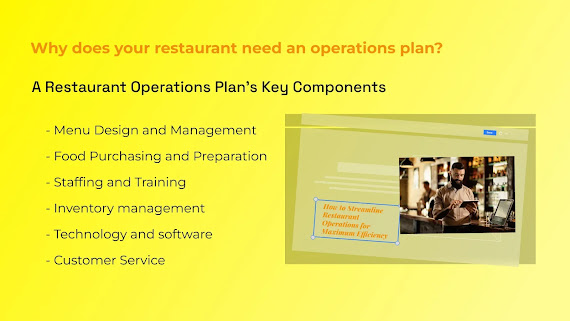Decoding Counter Service Restaurants: A Comprehensive Guide
Ever wondered about counter service restaurants? These are establishments where customers order and pay at the counter. If you're in the restaurant industry, the idea of a counter service model might have crossed your mind, especially during staff shortages or peak hours. Let's delve into what this model entails and how it can impact your business.
Understanding the Counter Service Model
A counter service restaurant is one where customers place orders, make payments, and collect their food—all at the same counter. Food may be prepared on-site or brought in from another location. This model is common in fast-food joints, cafeterias, and coffee shops, presenting a contrast to full-service, table-oriented restaurants.
Characteristics of a Counter Service Restaurant:
- Compact Setting: Limited, less comfortable seating.
- Energetic Atmosphere: Often crowded and noisy.
- Affordable Options: Typically offers budget-friendly food.
- Dynamic Environment: Features loud music and intense lighting.
- Youthful Demographic: Attracts teenagers and friend groups.
- Bold Aesthetics: Characterized by vibrant colors, wall arts, and pictures.
- Quick Turnaround: Aims to deliver food within 15 minutes.
- Disposable Service: Uses non-reusable products.
- Simplified Menu: Focuses on a single cuisine or menu type.
Counter Service vs. Table Service:
In a counter service model, customers actively participate by placing orders, paying in advance, and receiving their food. This suits those prioritizing quick service. Table service, on the other hand, involves customers being seated, served by waitstaff, and enjoying a more hands-on, leisurely experience.
ADA Compliance:
Given the active role of customers in counter service, complying with the Americans with Disabilities Act (ADA) is crucial. Guidelines include counter and table heights to ensure accessibility for all customers.
Advantages of Counter Service:
- Low Labor Costs: Minimal staff requirements reduce operational costs.
- Swift Service: Ideal for customers seeking quick, convenient meals.
- Upselling Opportunities: Easy upselling at the counter enhances sales.
Disadvantages of Counter Service:
- Reduced Personal Experience: Limited staff interaction affects personalization.
- Limited Menu Options: Simplicity may impact variety and customer choices.
- Smaller Check Sizes: Typically results in smaller bills compared to table service.
Considerations for Counter Service:
- Impact on Food Quality: Balance efficiency and food quality by offering a smaller, well-crafted menu.
- Customer Comfort: Enhance brief encounters with waiter service and QR code menus.
- Competitive Pricing: Counter fast-food competitors with higher-quality offerings.
- Customer Engagement: Compensate for limited in-person interaction with active online engagement.
- Staff Satisfaction: Adequate staffing, training, and employee satisfaction are crucial for success.
This guide equips you to make informed decisions about adopting a counter service restaurant model. For further assistance in restaurant website development and digital marketing, reach out.



Comments
Post a Comment